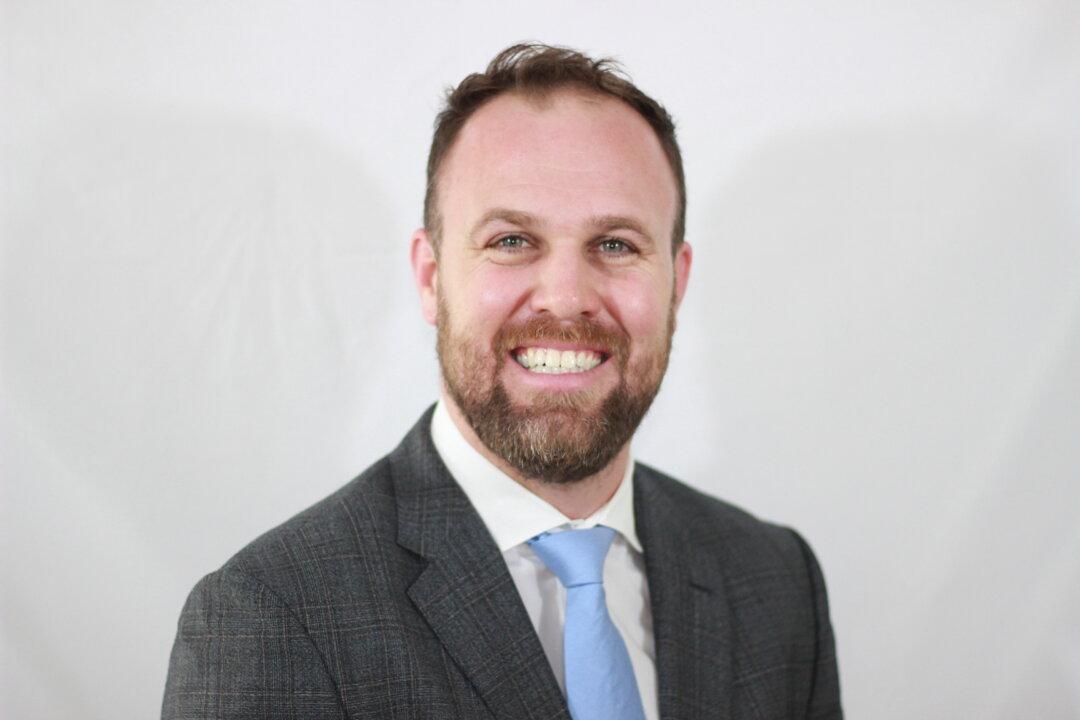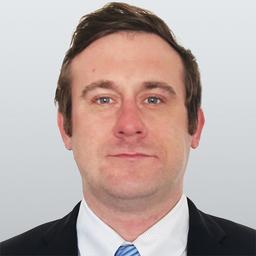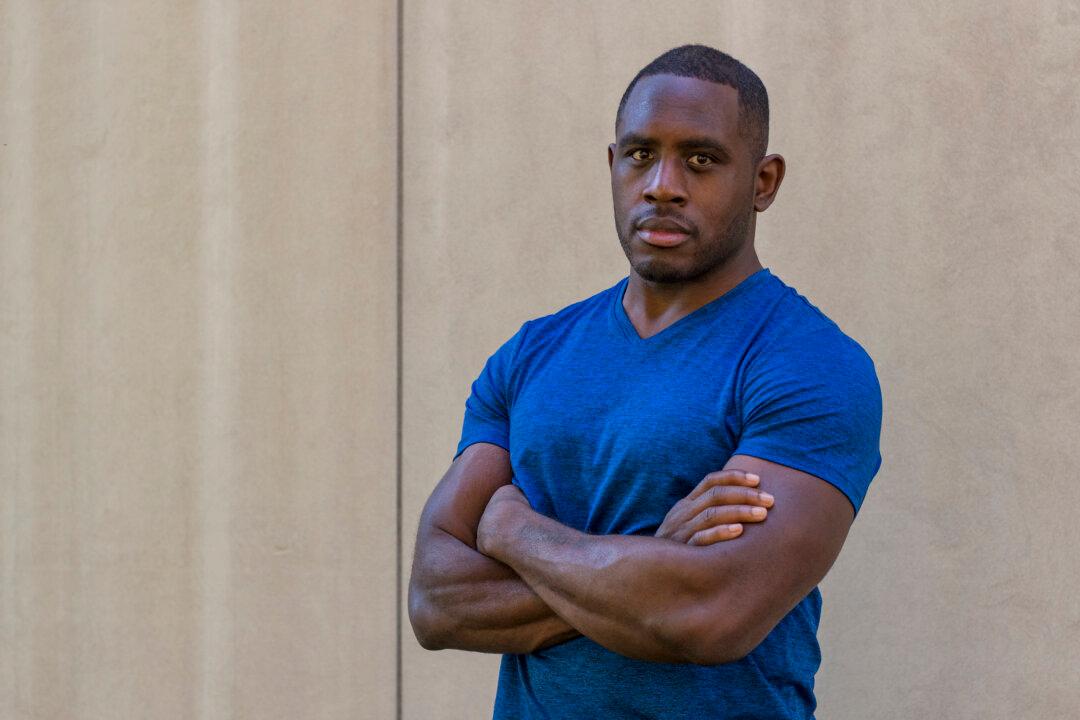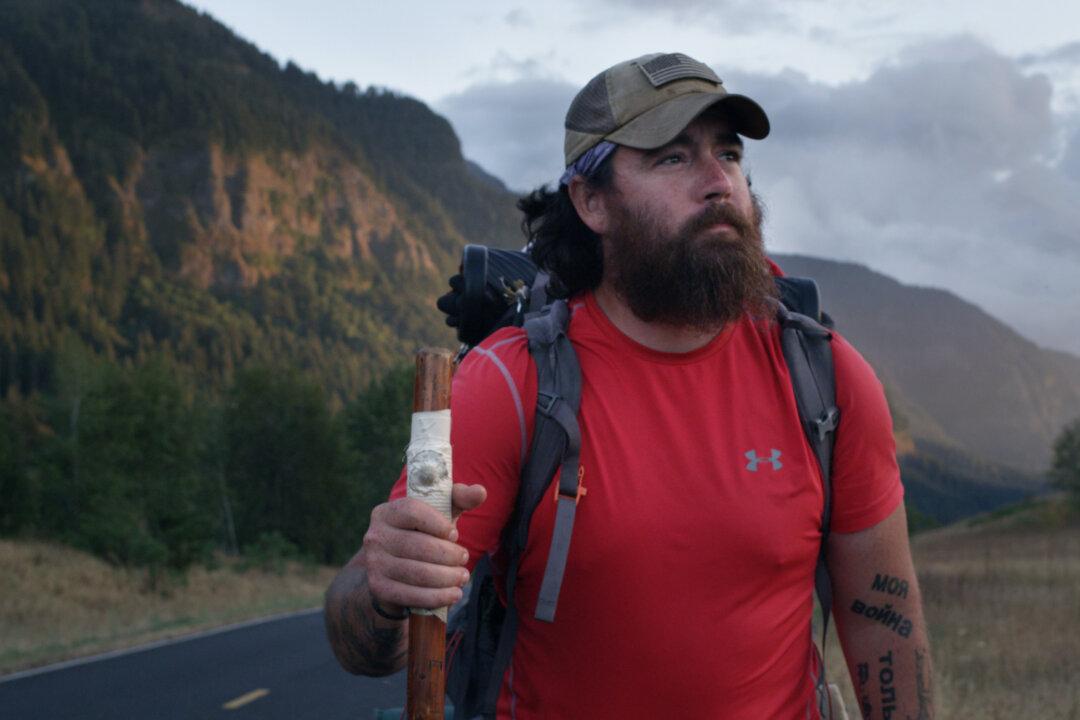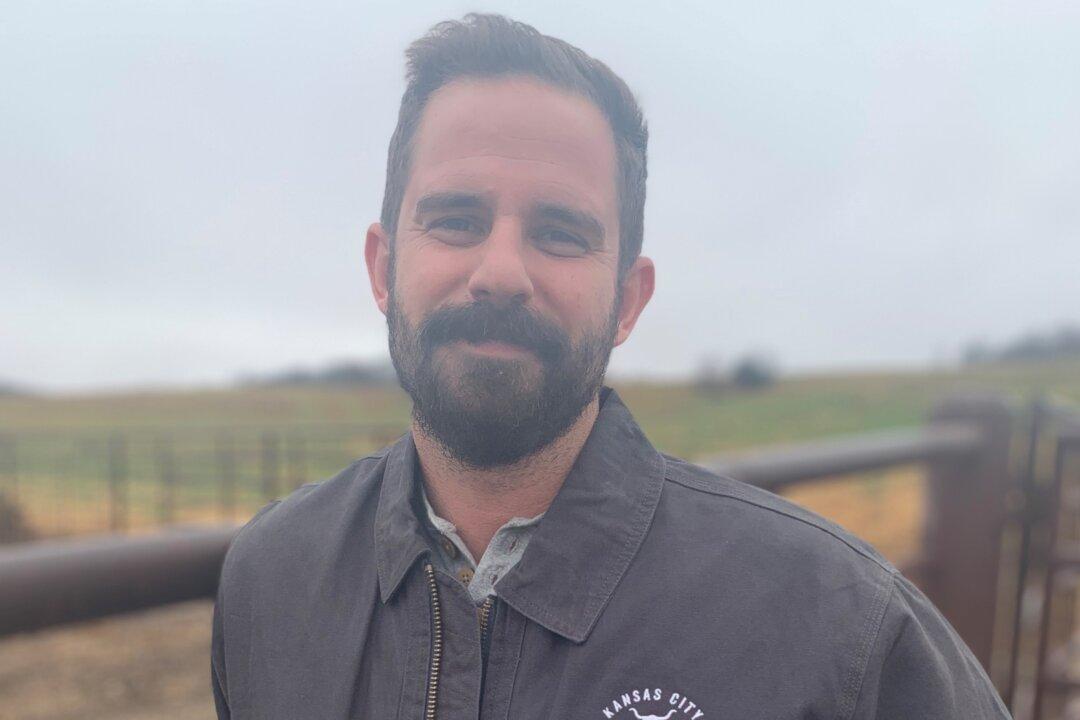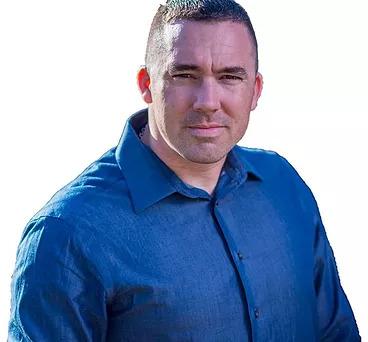Our military veterans serve bravely overseas, and often return with severe wounds. Some of them are visible, but some are not. One United States Army veteran struggled with his own Post Traumatic Stress Disorder when he returned from Iraq, and he’s dedicated much of his career to helping his brothers in arms contend with PTSD.
Jerry Haffey Jr. is the president of business development at Ambrosia Treatment Center, which helps patients who are struggling with addiction. Before the his tenure at Ambrosia, Haffey Jr. served in Iraq as part of the U.S. Army’s 5th Cavalry.

